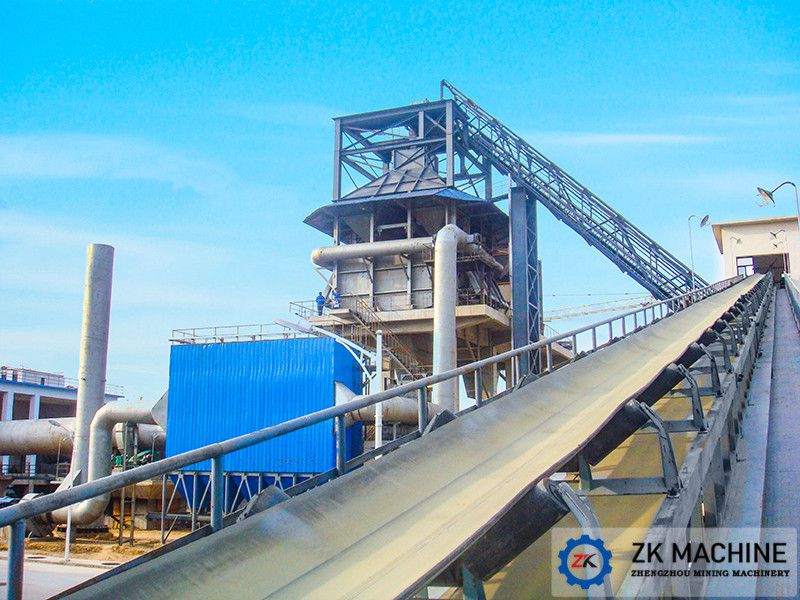- +8618937185591
- +8618937185591
- ec19@zkcorp.com
- +8618937185591


At present, solid and hazardous waste sludge produced by all walks of life is generally divided into three categories, most of which have a moisture content of 80%, a small part of the sludge after advanced treatment has a moisture content of 50-60%, and a very small part of the sludge after drying treatment has a moisture content of less than 40%. The following is an introduction to the current common sludge conveying equipment, a total of selection reference.
1. Belt conveyor
A belt conveyor is a friction-driven machine that transports materials in a continuous manner. It can be used to transport fragmented materials or to transport items in pieces. For horizontal transportation or inclined transportation, it is very convenient to use. It has the advantages of large conveying capacity, simple structure, convenient maintenance, low cost, and strong versatility. However, when conveying sludge, due to the high moisture content and high viscosity of the sludge, it is easy to stick to the belt, which is easy to cause the conveyor belt to run off and slip during the conveying process, which seriously affects the service life of the belt. Moreover, the belt conveyor is greatly affected by the site. It generally needs to build a long belt corridor on its layout, and the lifting height is relatively limited, and the general inclination angle is not more than 20 degrees. In terms of sludge transportation, the belt conveyor is suitable for the transportation of dried sludge with a moisture content of less than 40%. It is suitable for short distance (less than 50m) and low head (less than 20m) sludge transportation, and is often used to transport the heat-dried sludge to the designated location.
The belt conveyor can realize the change of conveying inclination angle by setting the steering device, but when the conveying direction on the plane turns, it is generally necessary to add a first-level conveying equipment.
2. Screw conveyor
The screw conveyor moves the sludge forward by rotating screw blades. The force to maintain the sludge does not rotate with the spiral blade is the weight of the sludge and the friction between the sludge and the casing. The screw conveyor can be divided into a shaft screw conveyor and a shaftless screw conveyor according to whether there is a screw shaft or not; According to the number of screws, it can be divided into a single screw conveyor and a double screw conveyor. It can transport materials in horizontal and inclined directions or vertical directions, and can complete mixing, stirring and cooling operations while transporting materials.
For sludge, screw conveyor is suitable for conveying sludge with loose structure and medium viscosity in the range of 60% ~ 85%. Suitable for short distance (less than 25m) and low lift (less than 8m) sludge transportation. If the sludge contains flexible fibrous substances, shaftless screw conveyor can be used.
Screw conveyor single equipment, can only achieve horizontal or inclined direction of transport, when the direction of transport, transport angle changes, need to add a level of transport equipment. When transporting sludge with a moisture content of about 80%, the conveying angle of the spiral should not be greater than 25 degrees. The conveying length is generally 5-30m, and the energy consumption is particularly large when it exceeds 40m, which is very uneconomical. The screw conveyor belongs to the non-pressure conveying, which is one of the commonly used sludge conveying methods.
3. Screw pump
Eccentric screw pump is usually used in sludge pumping system, and its main working parts are eccentric screw (rotor) and screw sleeve (stator). When the motor drives the pump shaft to rotate, the screw rotates around its own axis on the one hand, and rolls along the inner surface of the bushing on the other hand, thus forming a sealed cavity of the pump. Every time the screw rotates 1 cycle, the sludge in the sealed cavity moves forward One pitch, with the continuous rotation of the screw and Rod, the delivered sludge is pressed from one sealed cavity to another sealed cavity in a spiral form, and finally extrudes the pump body. The stator and rotor of the vulnerable parts of the pump are usually replaced every 2 months to half a year.